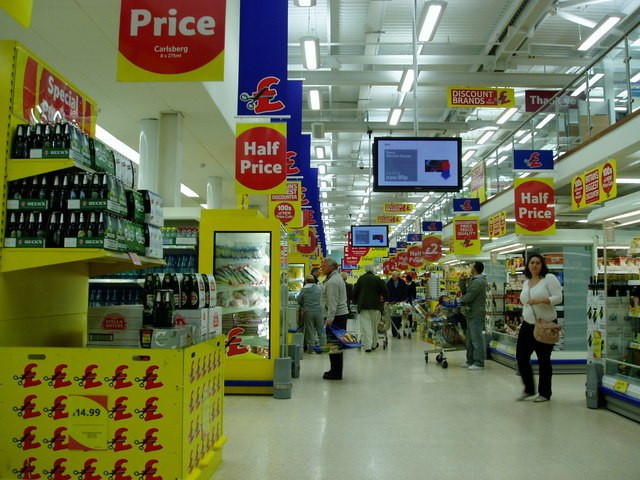Inflation pressures showed signs of easing in December, with the core Consumer Price Index (CPI) rising at an annual rate of 3.2%, slightly below forecasts and marking the first deceleration in the metric since July. The Bureau of Labor Statistics (BLS) data released Wednesday signaled a modest improvement in price stability, even as energy costs surged.
On a monthly basis, core CPI, which excludes volatile food and energy prices, rose 0.2%, a notch lower than economists' expectations of 0.3%. Overall consumer prices, including food and energy, climbed 0.4% in December, matching projections and pushing the annual inflation rate to 2.9%.
The deceleration in core inflation offers some relief as the Federal Reserve weighs its next move on interest rates. The 3.2% annual increase in core CPI represents a slight retreat from November's 3.3%, ending a four-month streak of stagnant price growth.
Much of the headline inflation increase was driven by a 2.6% rise in energy costs, including a sharp 4.4% surge in gasoline prices. According to the BLS, energy accounted for roughly 40% of December's CPI growth. Food prices also contributed, rising 0.3% for the month and 2.5% annually.
Shelter costs, which represent about one-third of the CPI weighting, increased 0.3% in December and 4.6% over the past year. While still elevated, the year-over-year rise in shelter prices was the smallest since January 2022.
Stock market futures rallied following the report, with investors encouraged by signs of easing inflation. Treasury yields, meanwhile, saw mixed reactions, with the 10-year yield ticking up 3 basis points to trade above 4.7%.
Although inflation appears to be moderating, it remains above the Federal Reserve's 2% target. Core inflation has been persistently high due to elevated costs for shelter, insurance, and medical care. Used car prices also posted gains, rising 1.2% in December following a 2% increase the previous month.
The inflation report adds a layer of complexity to the Federal Reserve's upcoming interest rate decision. Central bank policymakers have signaled a willingness to hold rates steady, but lingering price pressures could compel further action.
Adding to the uncertainty is the political landscape. President-elect Donald Trump's proposed policies, including tariffs on imported goods, corporate tax cuts, and restrictions on immigration, are seen by some economists as inflationary. Trump, who takes office next week, has hinted at an aggressive economic agenda that could further influence the Fed's policy trajectory.
Despite these concerns, some indicators suggest the economy is moving closer to price stability. Energy costs, though elevated in December, are expected to stabilize as seasonal demand wanes. Shelter prices, while still high, have shown signs of tapering.






